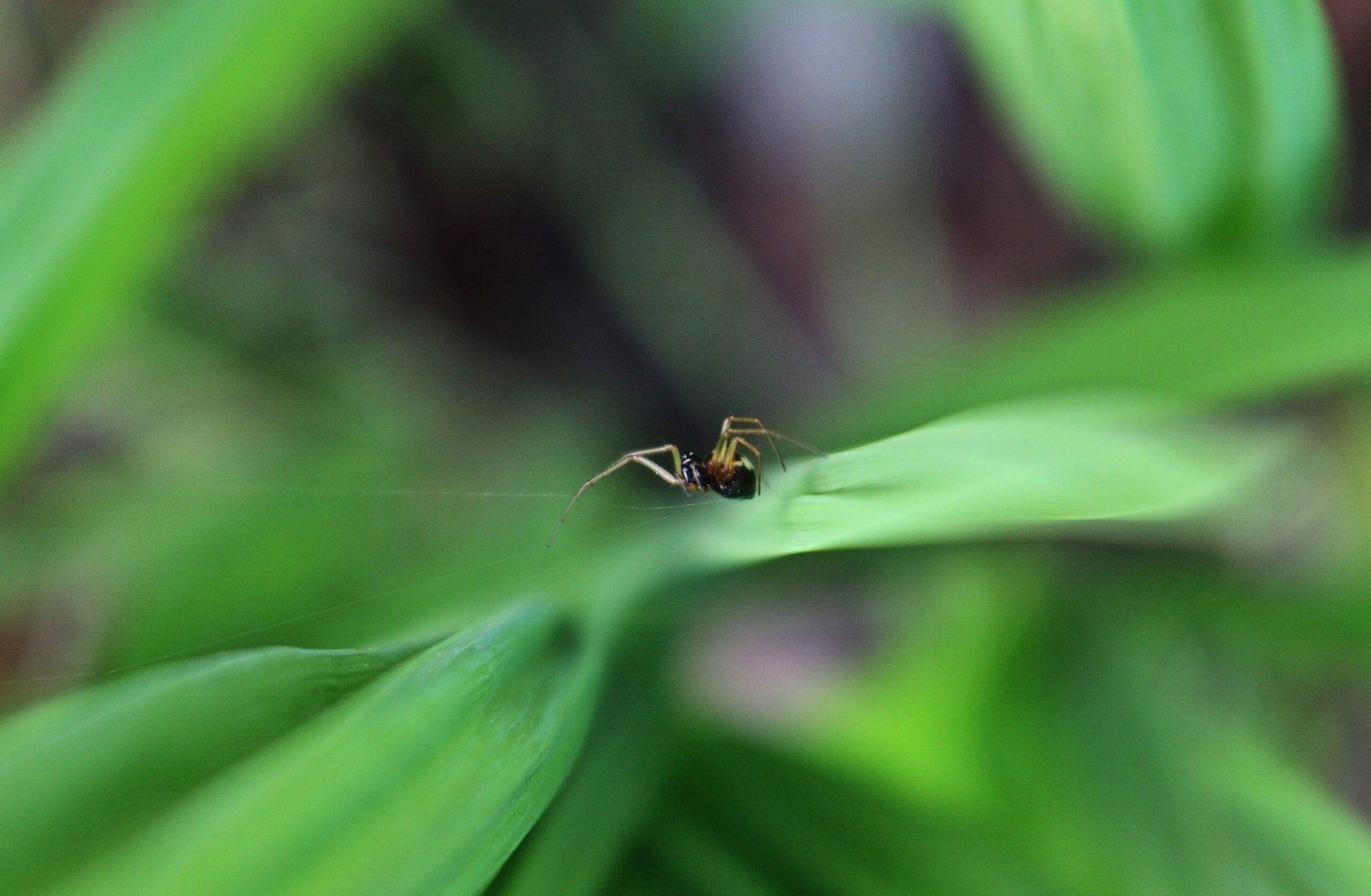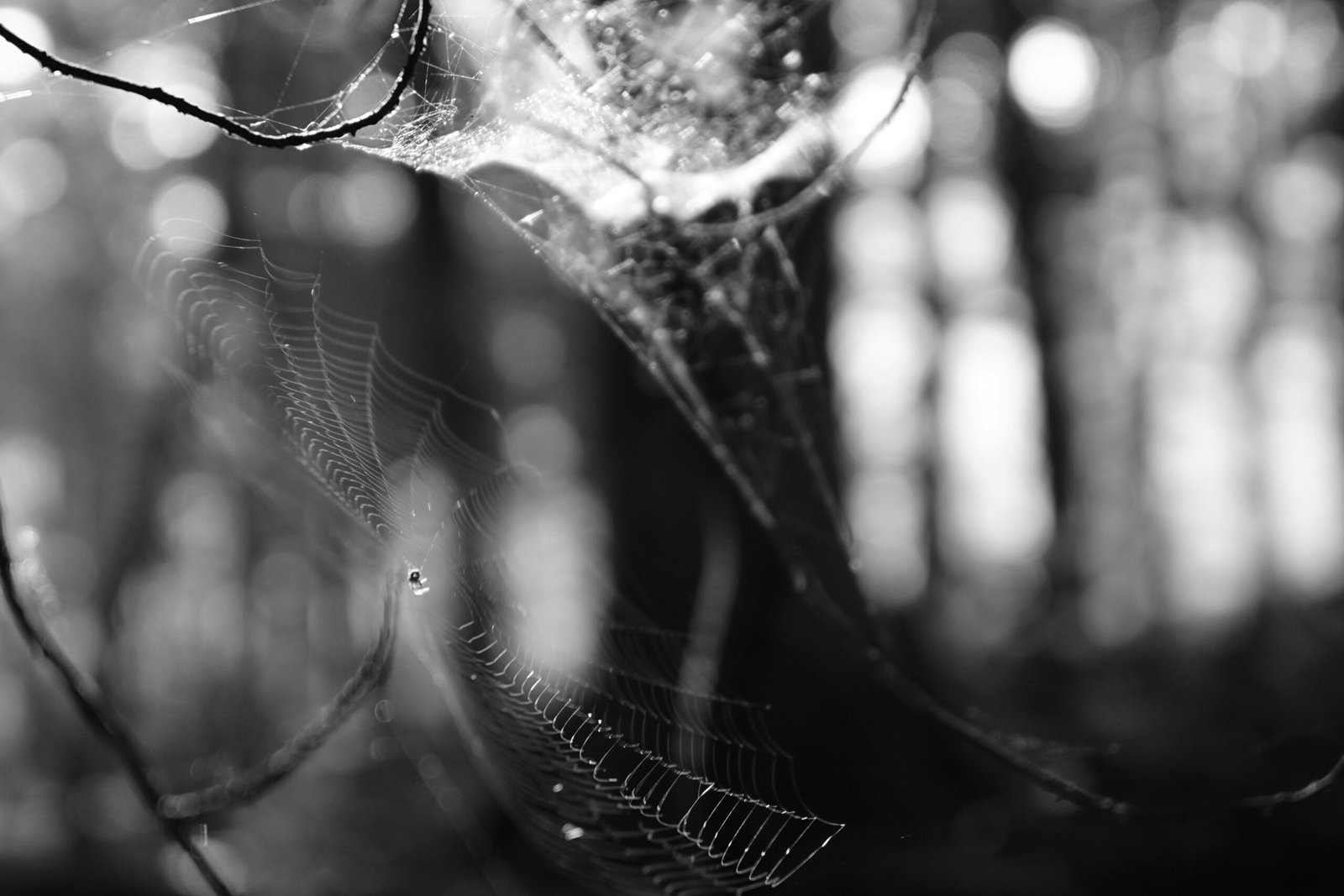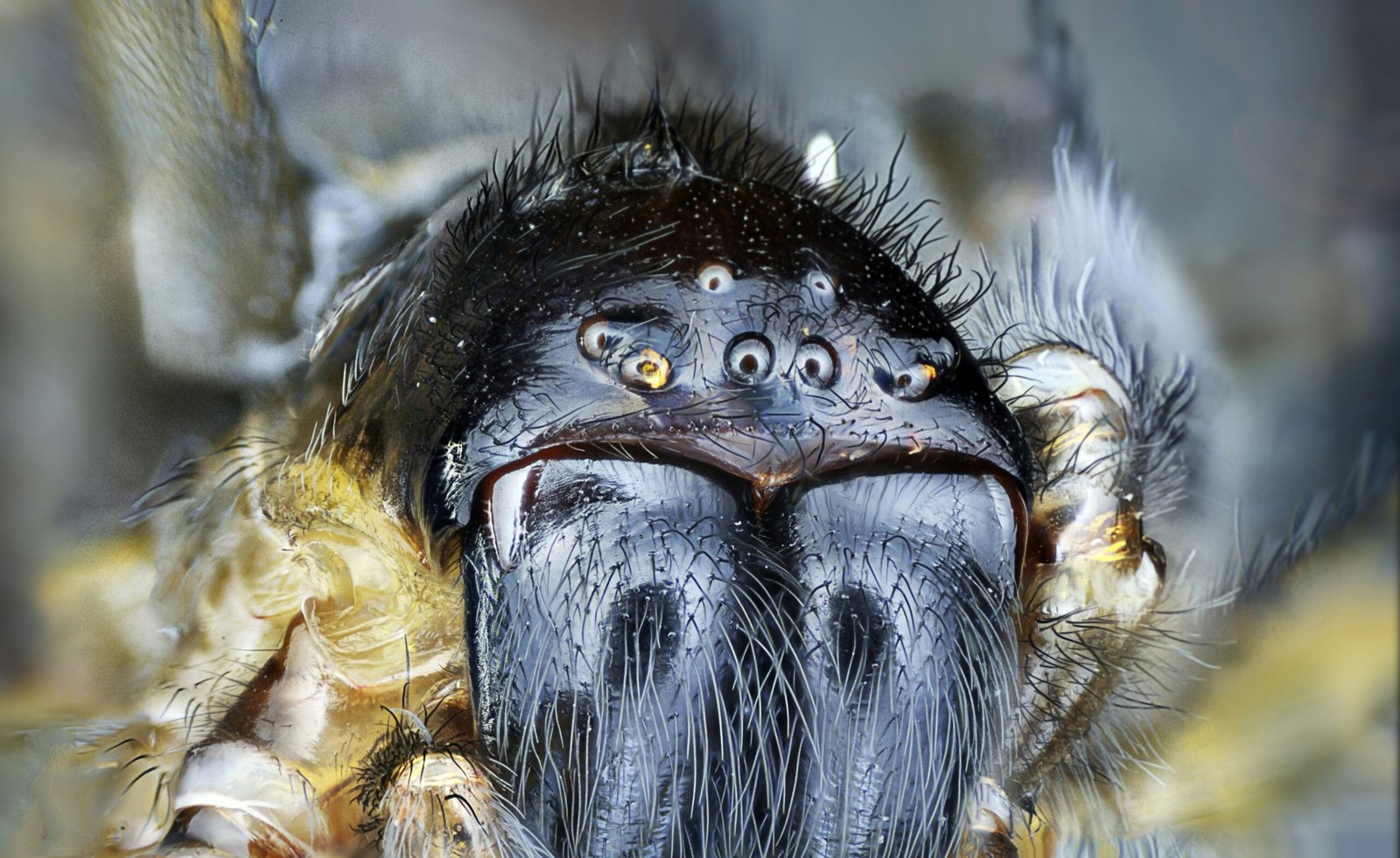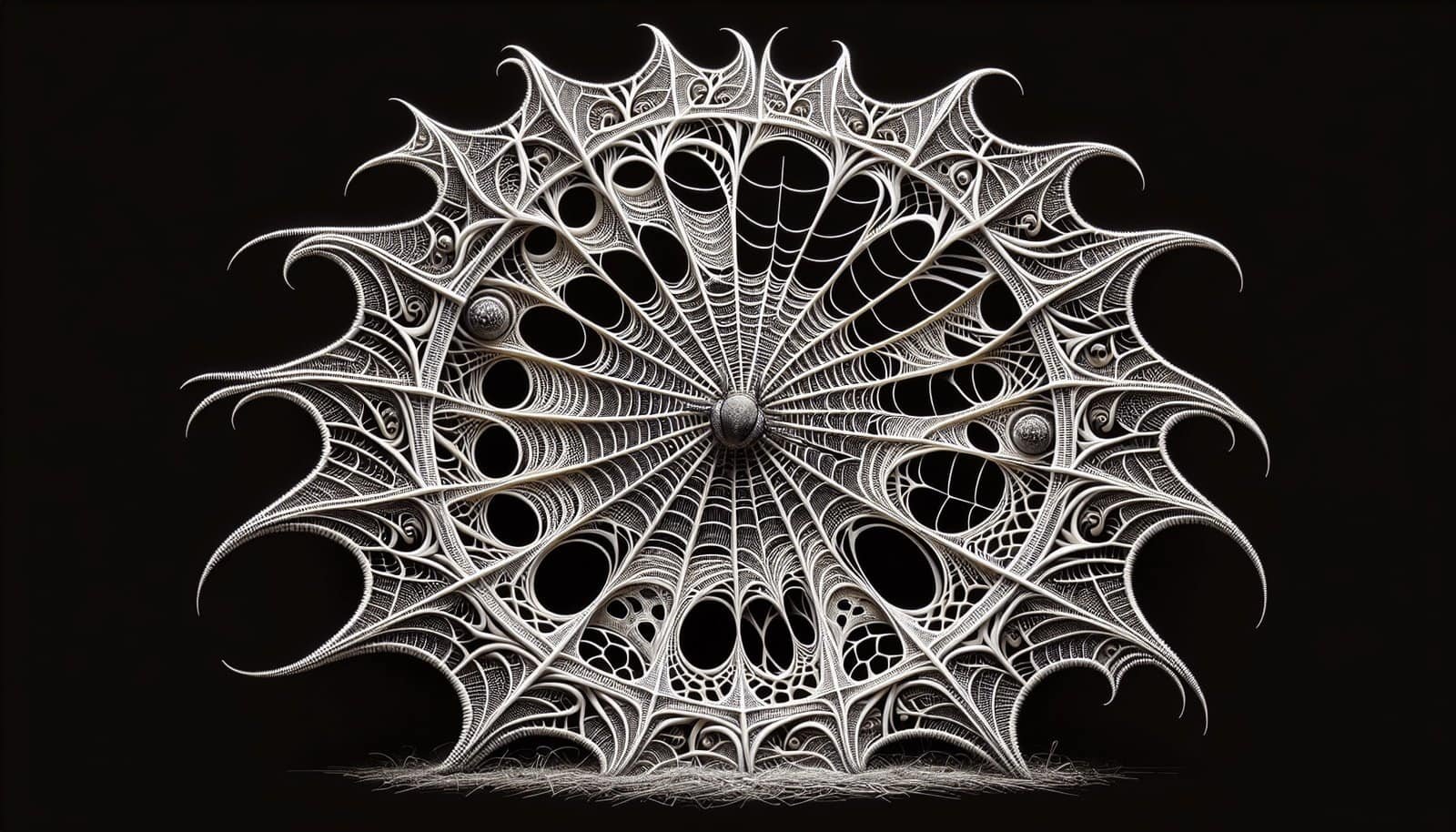In this article, we will be delving into the fascinating world of the elusive trapdoor spider. Known for their secretive nature and impressive hunting techniques, these spiders possess a unique set of characteristics that make them truly captivating creatures. From their intricate burrows to their patient waiting game, we will uncover the traits that set them apart from other spiders. Additionally, we will explore the care requirements necessary to provide a suitable environment for these stealthy arachnids. So, get ready to unravel the secrets of the trapdoor spider and gain a deeper understanding of its mysterious ways.

I. Characteristics of the Trapdoor Spider
A. Physical Appearance
The trapdoor spider is a fascinating creature known for its unique physical appearance. These spiders are typically medium-sized, with a body length ranging from 1 to 3 inches. One distinguishing characteristic of the trapdoor spider is its robust build, often resembling a small tarantula. They have eight legs and a cephalothorax (combined head and thorax) that is usually a dark brown or black color. Their abdomen, on the other hand, can vary in color, ranging from shades of brown to reddish or even gray. One notable physical feature of the trapdoor spider is its large and powerful chelicerae, which it uses to capture and subdue its prey.
B. Habitat and Distribution
Trapdoor spiders are found in various regions around the world, including Australia, the Americas, and Asia. These spiders have adapted to different habitats, such as forests, grasslands, and deserts. They are particularly skilled at burrowing, which is why they are often associated with underground environments. The burrows they create serve as both their homes and hunting grounds. These burrows are typically camouflaged with a door-like trapdoor, which gives the spider its name. Trapdoor spiders thrive in areas with adequate moisture and prey availability.
C. Behavior and Lifestyle
The trapdoor spider is renowned for its secretive and elusive nature. These spiders are primarily nocturnal, meaning they are most active during the night. During the day, they can usually be found inside their burrows, waiting for unsuspecting prey to pass by. When night falls, these stealthy hunters emerge from their burrows to seek out their next meal. Trapdoor spiders are highly patient and strategic hunters, relying on their sensitive hairs on their legs to detect vibrations from passing insects. Once they perceive a potential meal, they quickly pounce on their prey, inject venom, and then carry it back to their burrow for consumption. These spiders have a solitary lifestyle and are known to be territorial, rarely venturing far from their burrows unless it’s time to mate.
II. Care Requirements for Trapdoor Spiders
A. Setting Up the Enclosure
Creating an appropriate enclosure for a trapdoor spider is crucial for their well-being. Start by selecting a tank or terrarium with enough space for the spider to move around comfortably. Ensure that the enclosure has a secure lid to prevent escapes. Line the bottom of the enclosure with a substrate such as soil or a mix of organic materials. This will mimic their natural habitat and provide them with the necessary burrowing opportunities. Additionally, place some rocks or bark in the enclosure to create hiding spots and structures for web-building.
B. Temperature and Humidity
Trapdoor spiders thrive in moderate temperatures and humidity levels. Aim to maintain a temperature range of 70 to 80 degrees Fahrenheit (21 to 27 degrees Celsius) within the enclosure. Adequate humidity is also crucial, as it mimics the moist environments where trapdoor spiders are typically found. Consider using a hygrometer to monitor humidity levels and provide a water source, such as a shallow dish of water or misting the enclosure occasionally.
C. Feeding and Nutrition
Trapdoor spiders are carnivorous creatures and require a diet of live prey. Common prey items for trapdoor spiders include various insects and small invertebrates such as crickets, mealworms, and small roaches. Offer a suitable prey item once or twice a week, being mindful not to overfeed. It is essential to vary the diet to ensure a balanced nutritional intake for the spider. If the spider does not show interest in the prey, remove it from the enclosure to avoid stressing the spider or risking injury from a live prey item.
D. Handling and Interaction
Trapdoor spiders are generally not recommended for handling or interaction. They have potent venom, and while their bite is not usually dangerous to humans, it can cause discomfort and allergic reactions. It is best to observe your trapdoor spider from a distance and avoid any unnecessary disturbances. If it becomes necessary to handle the spider for maintenance or relocation purposes, take necessary precautions such as wearing protective gloves and using a gentle and cautious approach.
E. Regular Maintenance and Cleaning
Regular maintenance and cleaning of the trapdoor spider’s enclosure are essential for their health and well-being. Remove any uneaten prey items after a few hours to prevent decomposition and the accumulation of bacteria. Clean the enclosure on a regular schedule, removing any waste or debris. However, be careful not to disturb the spider’s burrow or trapdoor during the cleaning process.
F. Health and Veterinary Care
Monitoring the health of your trapdoor spider is crucial to identify any potential issues. Look for signs of stress, such as excessive hiding or refusing to eat, and observe any changes in energy levels or appearance. If you notice any concerning symptoms, it is advisable to consult a veterinarian experienced in exotic arachnid care. Regular check-ups and preventive care are essential components of maintaining the well-being of your trapdoor spider.
III. Potential Challenges and Precautions
A. Handling Venomous Spiders
As mentioned earlier, trapdoor spiders possess venom that is primarily used to immobilize their prey. While their venom is not generally dangerous to humans, it can cause discomfort and allergic reactions in some individuals. It is crucial to exercise caution and avoid unnecessary handling of these spiders. If you do need to handle a trapdoor spider, it is advisable to wear protective gloves and take necessary precautions to prevent any potential bites.
B. Preventing Escapes
Trapdoor spiders are known for their exceptional burrowing abilities, and escaping from enclosures is a possible challenge. Ensure that the lid of the enclosure is securely fitted to prevent any gaps or openings. Regularly check for any signs of wear and tear that could potentially allow the spider to escape. Additionally, maintain a suitable environment with the necessary temperature, humidity, and food to minimize the spider’s desire to flee.
C. Dealing with Aggressive Behavior
Trapdoor spiders are generally solitary creatures and tend to be territorial. While they may display aggressive behavior towards potential threats, they are not typically aggressive towards humans. However, it is crucial to respect their space and avoid provoking them. If you encounter aggressive behavior, such as defensive posturing or displaying its fangs, give the spider space and time to calm down. Assess the possible cause of aggression, such as disturbance or stress, and make any necessary adjustments to the spider’s environment or handling.
IV. Breeding and Reproduction
A. Mating Behavior
Trapdoor spiders engage in fascinating mating behavior. The male will often take significant risks to find a suitable female and initiate courtship. Once the male has located a female’s burrow, he will create a small tapping sound on her trapdoor. If the female is receptive, she will respond with a similar tapping sound, signaling her willingness to mate. The male will then make his way into the female’s burrow, where mating takes place.
B. Egg-laying and Incubation
After successful mating, the female trapdoor spider takes on the responsibility of laying eggs. She constructs a specialized silk chamber where she deposits her eggs. The female will then seal the chamber, ensuring the eggs are protected until they hatch. The incubation period for trapdoor spiders can vary, ranging from a few weeks to several months, depending on the species and environmental conditions.
C. Caring for Spiderlings
Once the spiderlings hatch, they remain in the silk chamber for a period of time, receiving nourishment from the mother. Eventually, they will venture out of the chamber and disperse into the surrounding environment. At this point, it is no longer necessary to provide care for the spiderlings, as they will be independent and capable of hunting for themselves. It is important to note that rearing spiderlings can be a complex task and requires specific knowledge and experience. Therefore, it is advisable to leave this aspect to professionals or experienced breeders.

V. Frequently Asked Questions about Trapdoor Spiders
A. Are trapdoor spiders dangerous?
While trapdoor spiders possess venom, they are not considered a significant threat to humans. Their venom is primarily used to immobilize their prey, and their bites rarely cause severe symptoms in humans. However, allergic reactions and localized pain may occur in individuals who are sensitive to spider bites. It is important to exercise caution and avoid unnecessary handling or provocation of trapdoor spiders.
B. How long do trapdoor spiders live?
The lifespan of trapdoor spiders can vary depending on the species and environmental factors. On average, trapdoor spiders live for approximately 5 to 20 years. Some individuals have even been known to live beyond 25 years in optimal conditions. Providing suitable care, a proper diet, and maintaining a favorable environment can contribute to the longevity of trapdoor spiders.
C. Can trapdoor spiders be kept as pets?
Trapdoor spiders can indeed be kept as pets by experienced and responsible arachnid enthusiasts. However, due to their specialized care requirements and potential challenges, they are not recommended for beginners. It is crucial to research and understand the specific needs of trapdoor spiders before considering them as pets. Additionally, check local regulations and seek reputable sources when acquiring a trapdoor spider to ensure ethical and sustainable practices.
D. What should I do if I encounter a trapdoor spider in the wild?
If you encounter a trapdoor spider in the wild, it is best to observe and appreciate it from a safe distance. Avoid disturbing the spider or its habitat to minimize any stress or potential harm. Trapdoor spiders play important roles in maintaining ecological balance, so it is crucial to respect their natural habitats and contribute to their conservation.
E. What is the difference between male and female trapdoor spiders?
The most noticeable difference between male and female trapdoor spiders is their size. Females are generally larger and more robust than males. Additionally, males often have more elongated legs compared to females. Another significant difference is their behavior during the mating season. Males actively search for females and take on risks, while females typically remain concealed in their burrows, awaiting potential mates.
VI. Conservation Status and Importance
A. Threats to Trapdoor Spiders
Trapdoor spiders, like many other species, face various threats that impact their populations. Habitat destruction, due to urbanization, land clearing, and agriculture, poses a significant threat to their survival. Additionally, pollution and climate change can disrupt their natural environments, affecting their ability to hunt and reproduce.
B. Conservation Efforts
Conservation efforts for trapdoor spiders include creating protected areas or reserves that preserve their habitats. These areas aim to limit human interference and provide essential protection for these elusive creatures. Additionally, research initiatives help increase our understanding of trapdoor spiders and their ecological roles, enabling more effective conservation strategies.
C. Ecological Significance
Trapdoor spiders play a crucial role in local ecosystems. They act as natural pest controllers, keeping populations of insects and other small invertebrates in check. Their burrowing behaviors also contribute to soil aeration and nutrient cycling. By maintaining healthy populations of trapdoor spiders, we help maintain the balance of diverse ecosystems.

VII. Conclusion
A. Recap of Trapdoor Spider Characteristics
The trapdoor spider is characterized by its robust build, efficient burrowing abilities, and distinctive trapdoor on its burrow. It is a nocturnal and solitary creature, known for its patient and strategic hunting behavior.
B. Tips for Proper Care
Proper care of trapdoor spiders involves setting up a suitable enclosure, regulating temperature and humidity, providing a varied diet of live prey, and avoiding unnecessary handling. Regular maintenance and monitoring of their health are also important.
C. Fascination and Appreciation for These Enigmatic Creatures
Trapdoor spiders provide an intriguing glimpse into the intricate workings of the natural world. Their elusive nature, unique behaviors, and vital ecological role make them captivating subjects of study and appreciation. By understanding and respecting these enigmatic creatures, we can contribute to their conservation and ensure their survival for future generations to admire.
